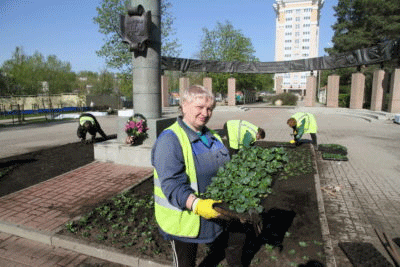In an interview with Nika TV, Alexander Seryakov, the first deputy mayor and head of the municipal management department, shared plans for a state-of-the-art greenhouse complex that will focus on the year-round production of flowers. This initiative not only seeks to improve the aesthetic appeal of Kaluga but also emphasizes the importance of local, sustainable horticulture.
The new greenhouse complex will allow for the cultivation of various flower species, ensuring that local parks and squares are adorned with vibrant blooms throughout the year. This project represents a significant investment in the city’s green infrastructure, reflecting a growing trend among municipalities to integrate more greenery into urban environments.
The Benefits of a Local Greenhouse Complex
- Enhanced Urban Aesthetics: By growing flowers locally, Kaluga can ensure a consistent and diverse floral display in its public spaces. This can improve the quality of life for residents and attract more visitors, contributing to local tourism.
- Sustainable Practices: Establishing a greenhouse complex allows for environmentally friendly growing practices. Local production reduces the need for transportation and lowers the carbon footprint associated with importing flowers from distant regions.
- Job Creation: The development of this greenhouse complex will likely create jobs in various sectors, including horticulture, landscaping, and municipal management. This can boost the local economy and provide employment opportunities for residents.
- Educational Opportunities: The greenhouse can serve as an educational resource for schools and community groups, promoting awareness of sustainable agriculture and the importance of green spaces in urban settings. Workshops and training programs could be developed to teach residents about flower cultivation and gardening techniques.
The upcoming greenhouse complex in Kaluga represents a forward-thinking approach to urban development, combining aesthetics with sustainability. By focusing on year-round flower production, the city aims to enhance its public spaces while promoting local horticultural practices. As this initiative unfolds, it will serve as a model for other municipalities seeking to improve their urban environments through green infrastructure.










